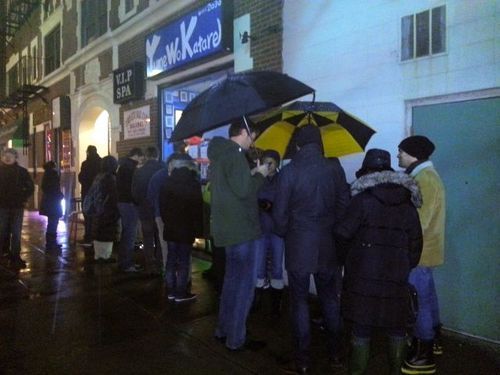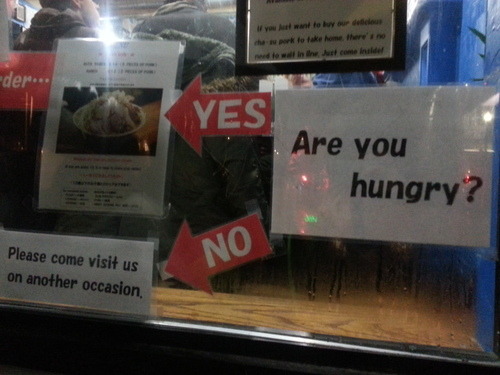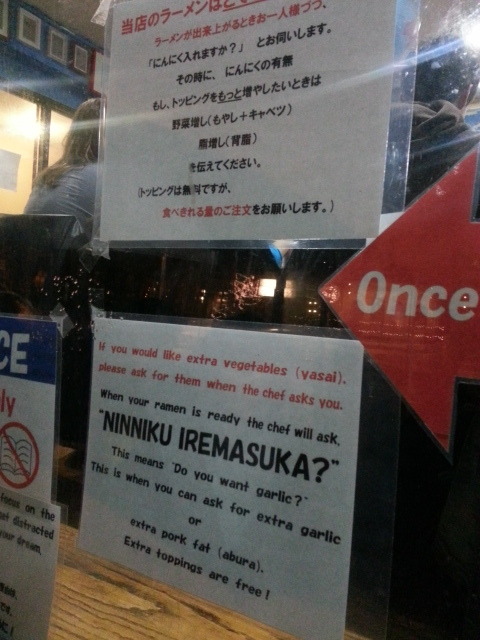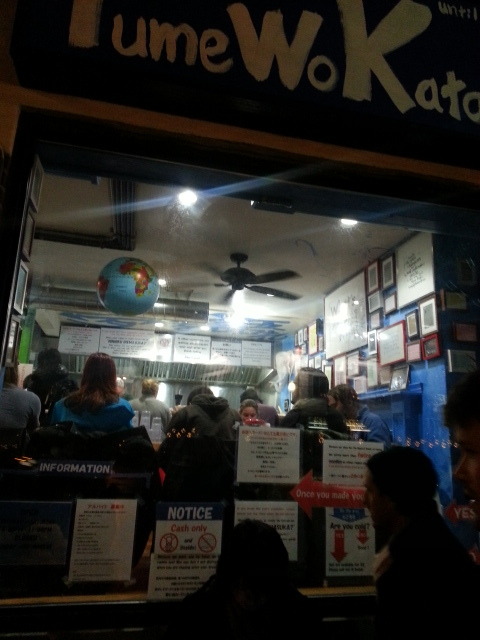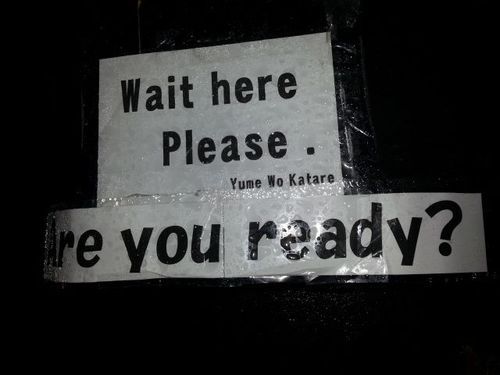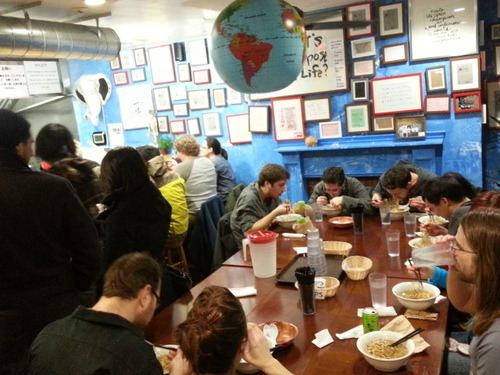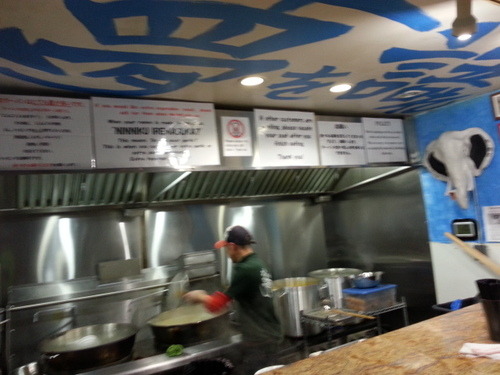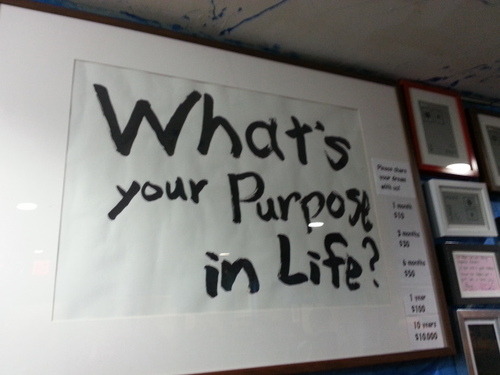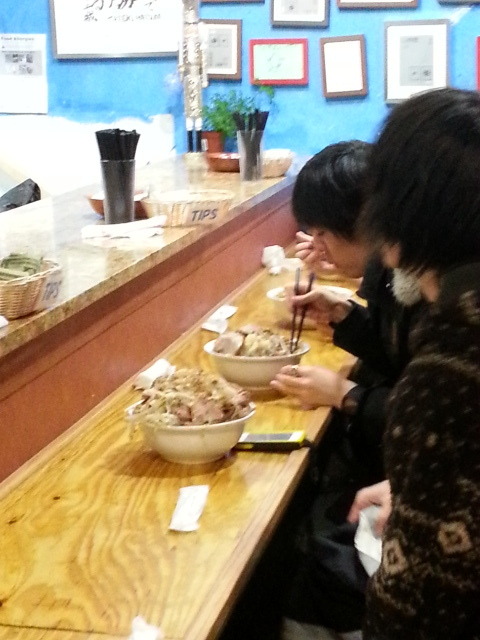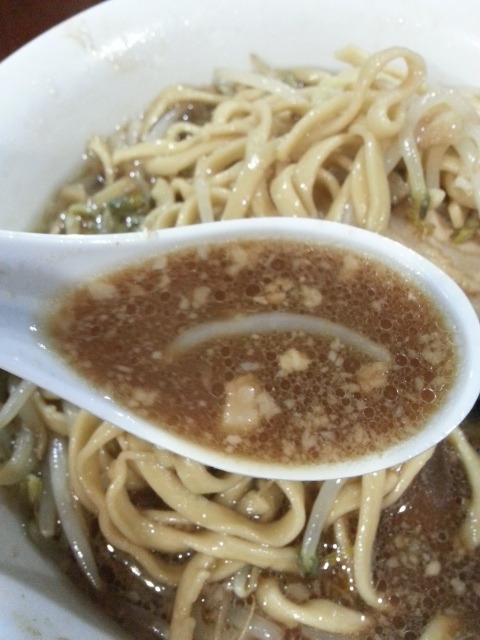“I used to be a no body…until I discovered the internet” a young glasses-clad man says as he stares at his computer screen. He proceeds to explain, turning toward the camera, how to circumvent China’s Great Firewall in order to access blocked websites like Twitter or Facebook.
This is Zola, one of the two citizen journalists followed in director Stephen Maing’s 2011 documentary feature High Tech, Low Life. The other, a 57-year old single retiree, is Tiger Temple.
High Tech, Low Life is advertised as a documentary that addresses the challenges of censorship in China, but the film is equally a tale of bravery, compassion, and drive of these two Chinese men aspiring for a country that values truth and transparency over the Party and self-censorship
But while their motivation to risk government tracking or arrest for a greater cause is shared, the two bloggers diverge with regards to their characters and approaches to reporting. Maing follows Zola and Tiger Temple in two parallel story lines, slicing discussions on censorship and propaganda with scenes of scolding mothers and pet cats. Indeed, getting to know these two men is one of the many treats of this insightful and informative 87-minute film.
Tiger Temple is a solitary man who, divorced and retired, has devoted his life to chronicling the plight of fellow citizens shafted by the Communist Party in China. His resentment toward the government runs deep; he blames Mao’s cultural revolution for making him homeless at 13. But the resulting vagabond life he adopted, biking around the country and meeting the poor farmers that the revolution supposedly served, contributed to a belief that loving his country did not mean loving the government, and provided the requisite inspiration necessary to conduct his risky work.
“I’m in my 50’s. I wont live much longer. I should tell the truth,” Tiger Temple states matter-of-factly as he explains why he keeps visiting farmers whose land was destroyed by government-routed pollution. Stunning scenes of lush fields are juxtaposed with damaged housing and polluted water, evoking an additional element of shame on behalf of the dishonest state for the viewer as the documentary progresses.
The slightly disheveled and reserved man continues despite the fact that government trackers follow him on his journeys and bust into his apartment overnight. While Tiger Temple understands the personal risks of his work, his commitment to serving fellow Chinese and exposing the lies and injustices of the government, ultimately trumps his fear.
Zola’s mission is similarly infused with threats from the Communist Party; he is blacklisted, barred from leaving the country, questioned at his apartment, and tracked on the Internet. Perhaps it is his age, but despite these obstacles Zola maintains an air of lightness throughout the film that is notably absent in his co-star’s scenes, who seems gravely aware of the beast he is battling.
Zola’s enthusiasm for writing about and filming victims of government injustice—such as a teenage girl who was raped by a government official or residents of Beijing evicted during the Olympics—is surprising when contextualized. His parents, weathered rural farmers, lecture him that “country comes first, then the individual” at the dinner table. They explain to a son whom they are baffled to call their own, that helping the public may lead to personal benefits in the future. Zola promptly excuses himself from the table, hops on his bike and leaves the family farm.
This is because to this young man, countering to the Communist party and exposing its injustices is the ultimate service to his nation. He claims that, “the truth is I don’t really know what journalism is. I just record what I witness”. While Zola is clearly not so naïve, his simplification speaks to the fact that just recording and publicizing the truth is a provocative and significant act in a country where ‘social order’ and ‘cooperation’ are used as justifications to stifle dissent.
Thus Zola and Tiger Temple both, although in distinct ways, take the Communist Party narrative of helping the country by cooperating and flipping it on his head, suggesting that to actually help Chinese citizens, transparency is the answer.
But although the idea is increasingly popular in some circles, especially as internet usage spreads in China, such work makes for a lonely existence. The viewer is introduced to some of Zola and TIger Temple’s fans, either through blog comments or in person at a blogger convention, but such instances are obviously rare. While the older of the pair has accepted this fate, Zola seems to still be grappling with it: at one of the lowest points of the film, he wonders “if anyone else in this world feels as lonely as I do”.
Ultimately though, it is evident that both men are steadfast in their convictions and hopeful for a major shift in the future. An informative, insightful, and aesthetically gorgeous documentary, High Tech, Low Life gives the viewer hope, through introducing two incredible bloggers, that humanity in China is pushing the world’s most populous nation toward change.





